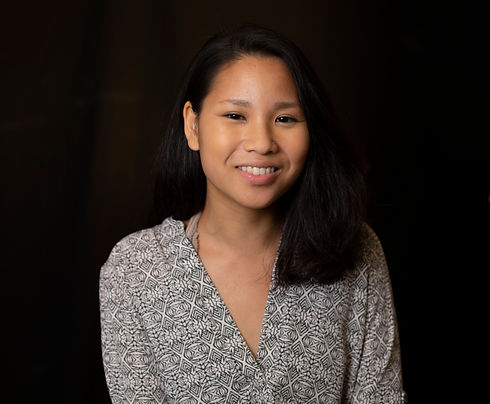35 ICE detainers declined in February under Travis County Sheriff’s Office policy
- Lisa Dreher

- Mar 10, 2017
- 2 min read
In February, Travis County Sheriff’s Office declined 35 requests from Immigration and Customs Enforcement to detain suspected undocumented inmates, according to public records from the office.

ICE makes detainer requests asking local law enforcement to hold suspected undocumented inmates to be investigated. On Feb. 1, Travis County Sheriff Sally Hernandez implemented a policy to not honor such requests without warrants by a judge. Thirty-one inmates were released, some with multiple detainer requests, but were not released into ICE’s custody that month, according to the records generated on March 1.
“(ICE) often come without warrants,” said Major Wes Priddy, Travis County Jail administrator. “After the implementation of this policy that we started, we started seeing some warrants placed on some of the individuals that ICE would bring to our attention.”
Some inmates were arrested with multiple charges, totaling 45 charges brought to the 31 inmates released that month whose detainer requests were rejected. The Department of Homeland Security on Feb. 21 directed ICE and other federal law enforcement agencies to deport any undocumented person, regardless of criminal activity. ICE said it would follow this order in conjunction with President Donald Trump’s orders to crackdown on immigration, in a statement dated Feb. 21.
“Under this Executive Order, ICE will not exempt classes or categories of removal (of) aliens from potential enforcement,” ICE said in the statement. “All of those present in violation of the immigration laws may be subject to immigration arrest, detention and, if found removable by final order, removal from the United States.”
Of the total charges of the inmates released, 32 were misdemeanors and 13 were felonies. The most common misdemeanor was driving while intoxicated, with 11 charges, but Priddy said ICE does not prioritize any one charge.
“The most common charge seemed to be DWI’s, but you would see individuals in on traffic offenses that have been identified by ICE,” Priddy said. “For whatever reason, they would want to place a detainer on them.”
There were also five charges of injury to a family member and one sexual assault charge. Priddy said the office prioritizes these two categories for investigation by ICE even if agents do not present a warrant. The Sheriff’s Office said Feb. 14 that it will review all charges against an inmate before rejecting a detainer request. The announcement followed statements by State Sen. Dawn Buckingham, R-Lakeway, who said an inmate charged with sexually assaulting a minor should have been detained despite Travis County’s policy.
“We have a clear message to Sheriff Hernandez,” Buckingham said in a press conference in February. “Again, please rescind your policies. I want a safe Travis County and a safe Texas.”
UT law professor Denise Gilman is the director of the School of Law’s Immigration Clinic. Gilman said regardless of how serious an inmate’s charge is, ICE cannot detain someone under this policy without a warrant or probable cause.
“We have had clients who have had, for example, traffic tickets and have been put into detention and deportation,” Gilman said. “Probable cause means you have evidence that shows that this person actually falls within the crime or immigration offense that the law enforcement entity is pursuing.”













Comentários